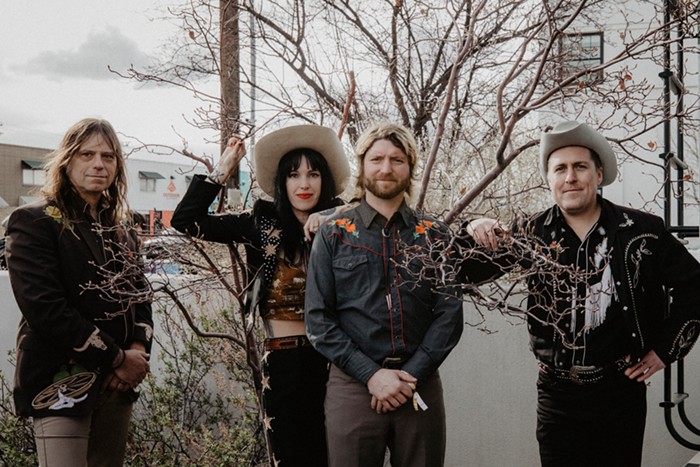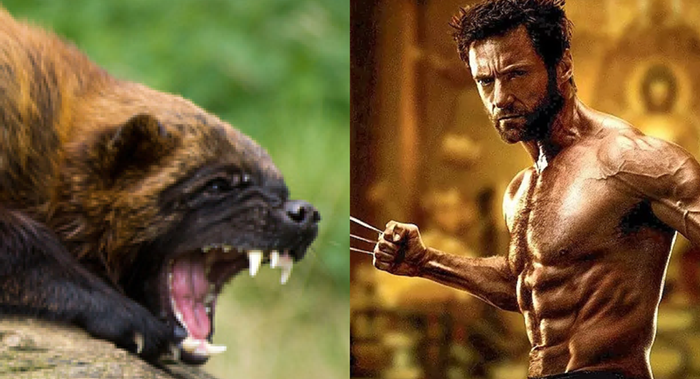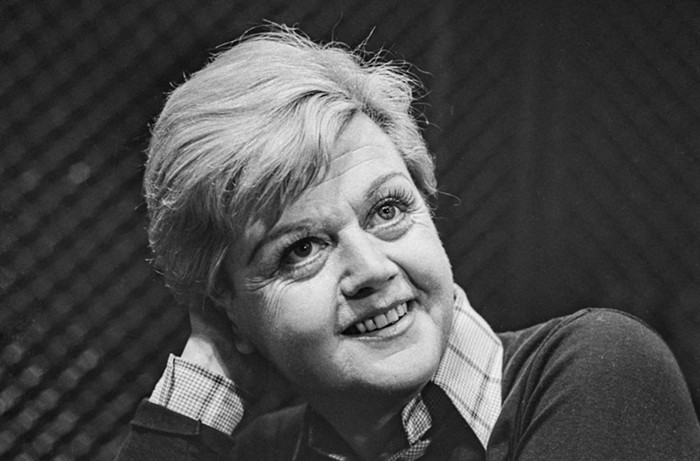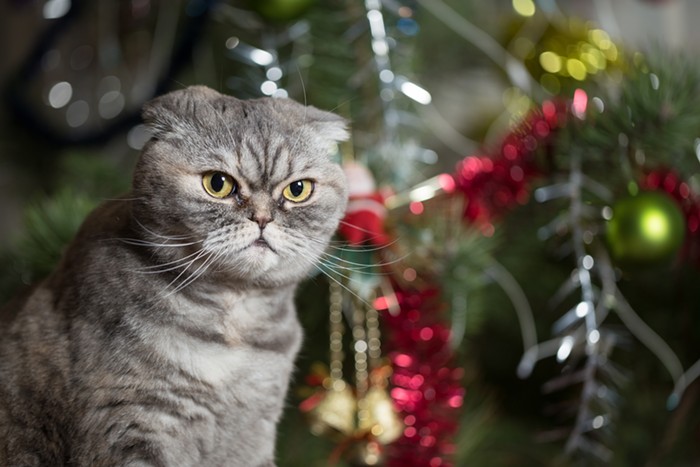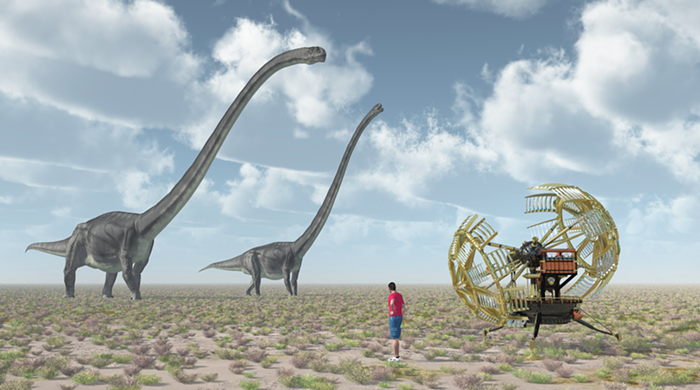FIFTY YEARS is a long time, particularly in the quick-change world of pop songs. So it’s kind of amazing that Brian Wilson, architect of the Beach Boys’ sound, is celebrating a half-century of his group’s masterpiece, the Pet Sounds album, with a tour that recreates its intricately layered arrangements and amber-tinted, halcyon songs. “I wanted to make an album that would stand up in 10 years,” Wilson once said. That his creation has lasted five times that long, and accumulates greater esteem with each passing year, would surely have surprised the gentle songwriter upon its groundbreaking release in 1966.
Even then, Pet Sounds was a look backward—to teen innocence, to puppy love, to a time before grown-up responsibilities take hold—and the album’s dramatic tension comes from those themes of idealism colliding with the everyday problems of adulthood and the modern world. Wilson’s difficult childhood, along with the pressure of the Beach Boys’ success and the internal conflicts the band was experiencing at the time, provoked him to weave the pocket symphonies of Pet Sounds into safety blankets, shielding him from the outside world in a cocoon of warm, ecstatic sound. And for the 36 minutes of Pet Sounds’ duration, listeners can wrap Wilson’s cocoon around themselves, too.
Most immediately striking about Pet Sounds are its unorthodox sounds. Beginning with the vaguely out-of-tune, harp-like introduction of “Wouldn’t It Be Nice” (actually a 12-string guitar), it’s immediately clear that the paradise Wilson wishes to depict has somehow already been ruptured. That doesn’t stop the song from being an anthem of resolve and dedication to the object of its affection. Other strange sounds emerge from the album’s lush, limpid mix: bicycle bells and horns, tapped Coke cans, majestic timpani, mellow clarinet, an eerie Electro-Theremin. If Pet Sounds’ lyrics, chiefly written by Wilson’s collaborator Tony Asher, are mostly preoccupied with girls and relationships, it’s clear that the album as a whole is a love song to sound itself, an ode to its possibilities and healing properties.
Wilson was primarily influenced by the “Wall of Sound” productions of Phil Spector, but works like the Ronettes’ “Be My Baby” and the Righteous Brothers’ “You’ve Lost That Lovin’ Feelin’” are smeared, abstract soundscapes, with multiple musicians playing their parts in unison. Spector’s bulky, untamed sound—much of which was actually due to the efforts of genius arranger Jack Nitzsche—seems arrived upon by accident rather than design. Pet Sounds, on the other hand, makes use of a similarly grandiose framework, but each of its colors and touches are deliberate, appearing crystal clear in the album’s well-defined mono mix. (To hear the true Pet Sounds, one must listen to it in the original mono; the album’s stereo incarnations are either unlistenable “duophonic”—i.e. two mono tracks played out of sync to create a woeful stereo facsimile—or were remixed many decades after the fact.)
If Pet Sounds’ unorthodox sound is striking, Wilson’s compositional ear is slightly more difficult to discern, but no less important or enjoyable. His fondness for the barbershop voices of the Four Freshmen gave him a crash course on harmony, and his bass-playing role in the Beach Boys—counteracted by his high-reaching falsetto harmonies—gave him instincts for counterpart stronger than any pop songwriter this side of Bach. When combined with his unerring knack for melody, Wilson’s best songs are compact and complicated miracles, unable to be boiled down to a single melodic line.
All of this makes the story of Pet Sounds a bittersweet one. Not considered a success in the US upon its release (it did significantly better in the UK, where musicians like Paul McCartney took its accomplishments to heart), the album marked the end of Wilson’s—and the Beach Boys’—golden era. A few isolated spurts of genius followed, such as the tremendous “Good Vibrations” single, but Wilson’s follow-up, the supposed magnum opus Smile, was ultimately abandoned as Wilson collapsed under the pressure.
Significantly, Pet Sounds’ breakthroughs were too difficult to replicate. Its rich, orchestrated sounds were too complex and delicate for imitators, and Wilson’s charming naiveté was too fragile to survive in any other presentation. Unlike other “classic” albums, which typically function as signposts pointing to uncharted territory for other musicians to make use of, Pet Sounds is a postcard from the peak of the mountain, a one-of-a-kind transmission that not even Wilson himself could duplicate.
Whether that makes the 50th anniversary tour of Pet Sounds something more than an exercise in nostalgia is ultimately up to the beholder. There’s a certain irony that this definitively studio-made concoction is being re-created for live audiences, not to mention the decades that have passed since a youthful Brian Wilson first committed these dreams to magnetic tape. But nostalgia is a powerful force in pop music, and these songs were celebrations of it from day one. That Wilson has emerged after all these years to be in a position where he’s able to lead a performance of Pet Sounds is truly fortunate. If he just wasn’t made for the times he originally wrote about back in 1966, perhaps our times have finally caught up with Wilson and his brilliant, lasting achievement.




